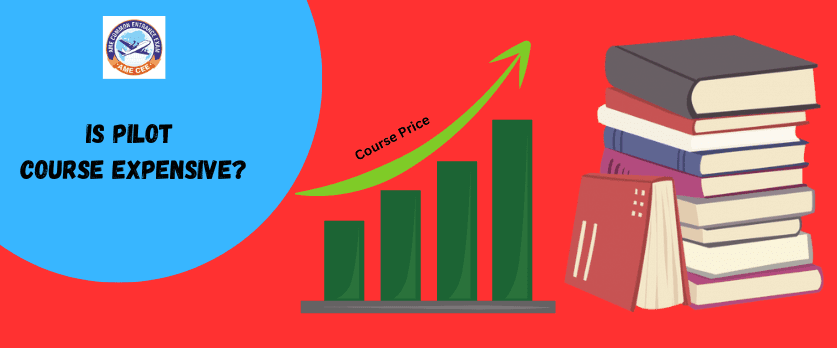Yes, pilot training can be expensive, and the cost can vary significantly depending on several factors such as the type of aircraft, the flight school or training organization, the location, and the specific training program chosen. Here are some factors that contribute to the cost of pilot training:
Flight Hours
The cost of flight training is often based on the number of flight hours required to meet the training objectives for a particular commercial pilot license. The more flight hours required, the higher the cost.
Aircraft Rental Fees
Flight schools typically charge rental fees for the use of training aircraft during flight lessons. The type and size of the aircraft can impact rental costs.
Instructor Fees
Flight instructors provide one-on-one training during flight lessons, and their fees contribute to the overall cost of pilot training.
Ground School Materials
Pilot training includes ground school instruction, which covers theoretical knowledge related to aviation, navigation, meteorology, regulations, and aircraft systems. Textbooks, study materials, and classroom instruction fees may add to the overall cost.
Examination Fees
Pilots are required to pass written and practical examinations administered by aviation authorities. Examination fees are typically charged for each attempt.
Additional Training
Some pilot training programs may include additional training components such as instrument rating, multi-engine rating, or type-specific training for certain aircraft types. These additional certifications can increase the overall cost of training.
Fuel and Maintenance Costs
Fuel costs for aircraft operations and maintenance expenses for the training fleet are factored into the overall cost of pilot training.
Living Expenses
For students attending flight schools away from home, living expenses such as accommodation, meals, and transportation may contribute to the total cost.
Overall, the cost of pilot training can range from tens of thousands to hundreds of thousands of dollars, depending on the type of license sought and individual circumstances. It’s essential for aspiring pilots to research and budget for the costs associated with pilot training carefully. Additionally, financial aid options, scholarships, and financing programs may be available to help offset the expenses of pilot training.
To become an commercial pilot you may could join commercial pilot license through AME COMMON ENTRANCE EXAM (AME CEE) this examination you may join Commercial Pilot License approved by DGCA.


